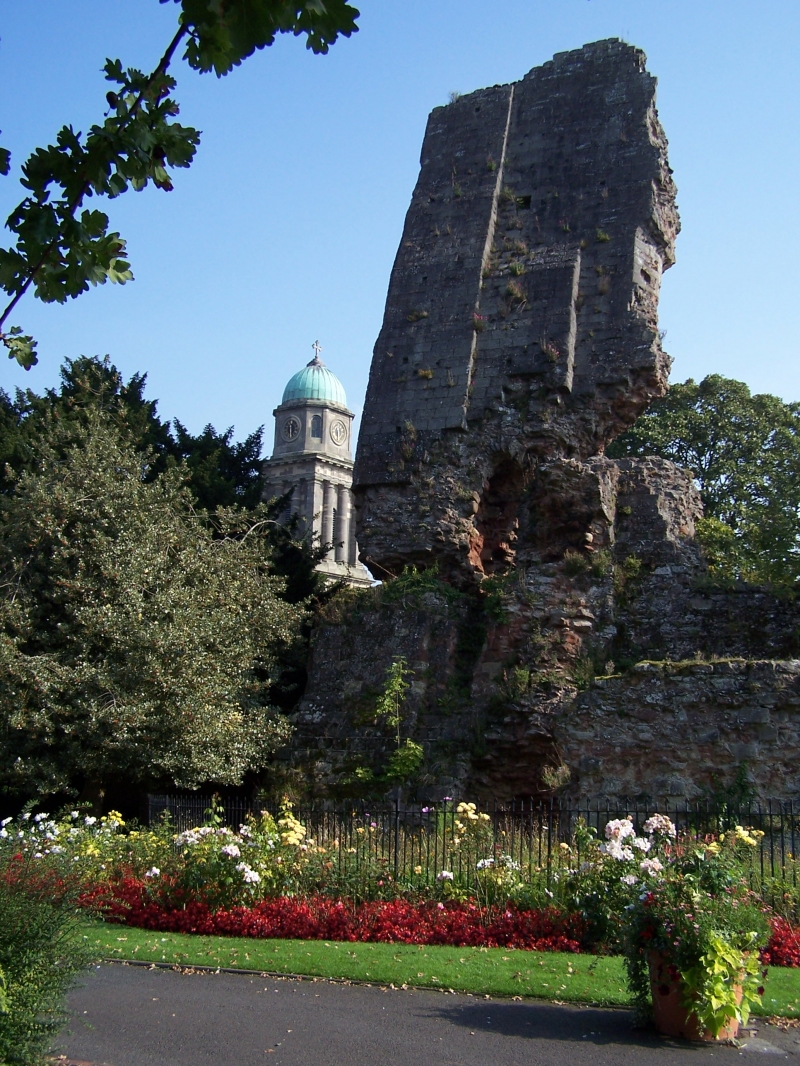Bridgnorth Castle
Bridgnorth is a town in Shropshire about 30 miles west of Birmingham and 20 miles north-east of Ludlow. The castle is in High Town, on a sandstone ridge above the river Severn.
For more information visit
ancientmonuments.uk/103030-bridgnorth-castle-bridgnorth#.Y2vwCXbP0dU
The only substantial survivor of Bridgnorth castle is part of the Norman keep, now sitting at a rather precarious angle following its slighting by the Parliamentarians in 1646.
The castle is thought to have been founded without permission in 1101 by the rebellious Robert de Belleme, 3rd earl of Shrewsbury. King Henry I besieged and captured Bridgnorth and Robert was banished from England, losing all his English lands and titles. The lack of strong central control during the civil war between Stephen and Queen Matilda made it easy for barons to take advantage. In particular, Hugh Mortimer of Wigmore (d1181) ‘acquired’ Bridgnorth castle. When he came to the throne in 1154, the 21 year old Henry II was determined to assert his authority and reclaim royal castles that had been appropriated during the Anarchy. The middle-aged Hugh Mortimer refused to comply, so Henry II moved against him and besieged his castles at Wigmore, Bridgnorth and Cleobury Mortimer for 3 months. Although Wigmore and Bridgnorth held out, in July 1155, Hugh met the king and agreed to surrender Bridgnorth. Henry II was magnanimous allowing Hugh to retain his other lands on advantageous terms. The king then strengthened the castle, building the great tower in 1160, and improvements continued over the 12th and 13th centuries. In 1321 the castle was occupied by the rebel barons during the Despenser wars, led by Roger Mortimer (d1330). With changing conditions, like many others, the castle lost its defensive role and was derelict by the time of Henry VIII. Charles I thought it still very impressive, but the Roundheads destroyed it for good and all, leaving it largely as we see it today.
